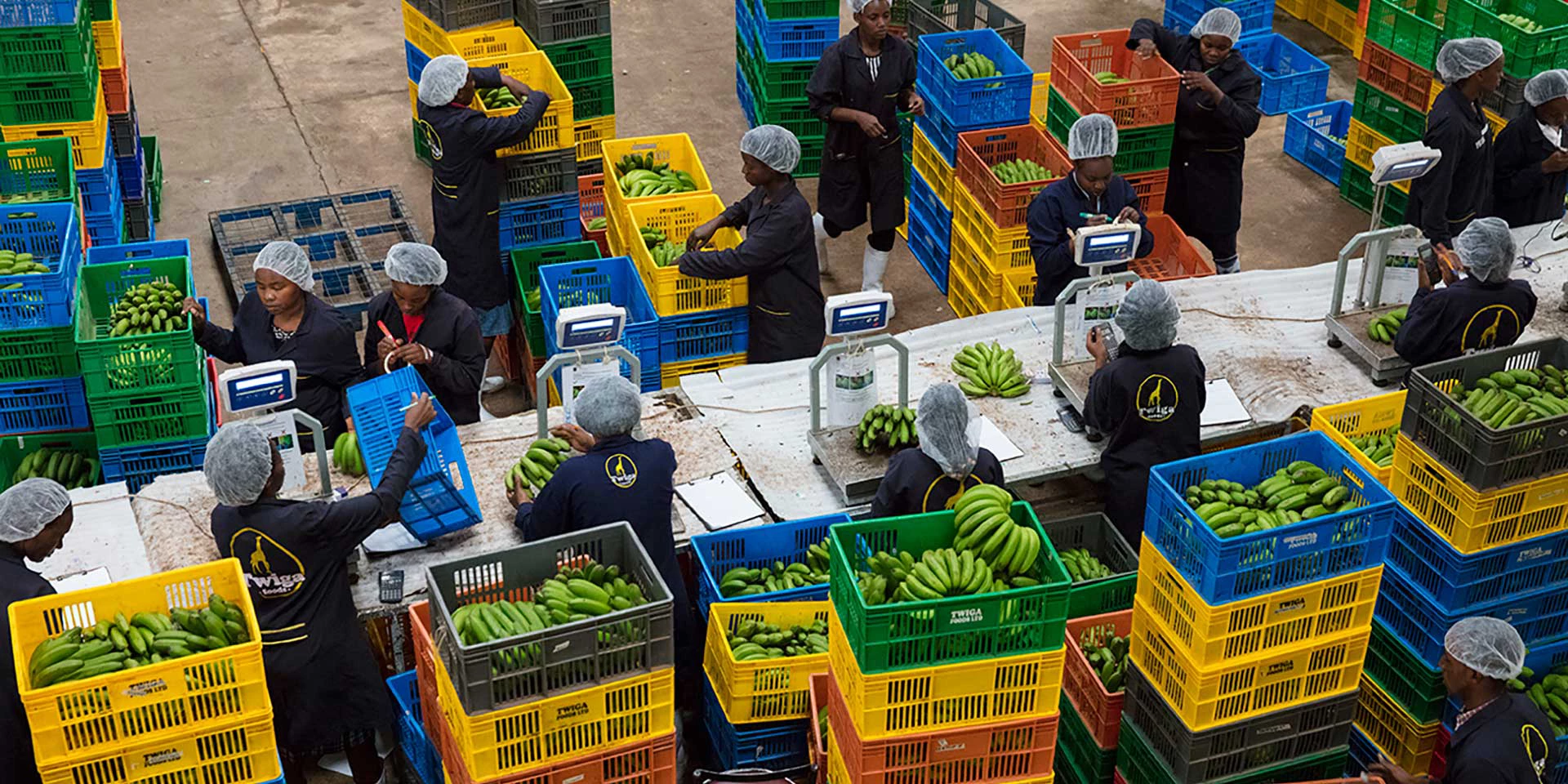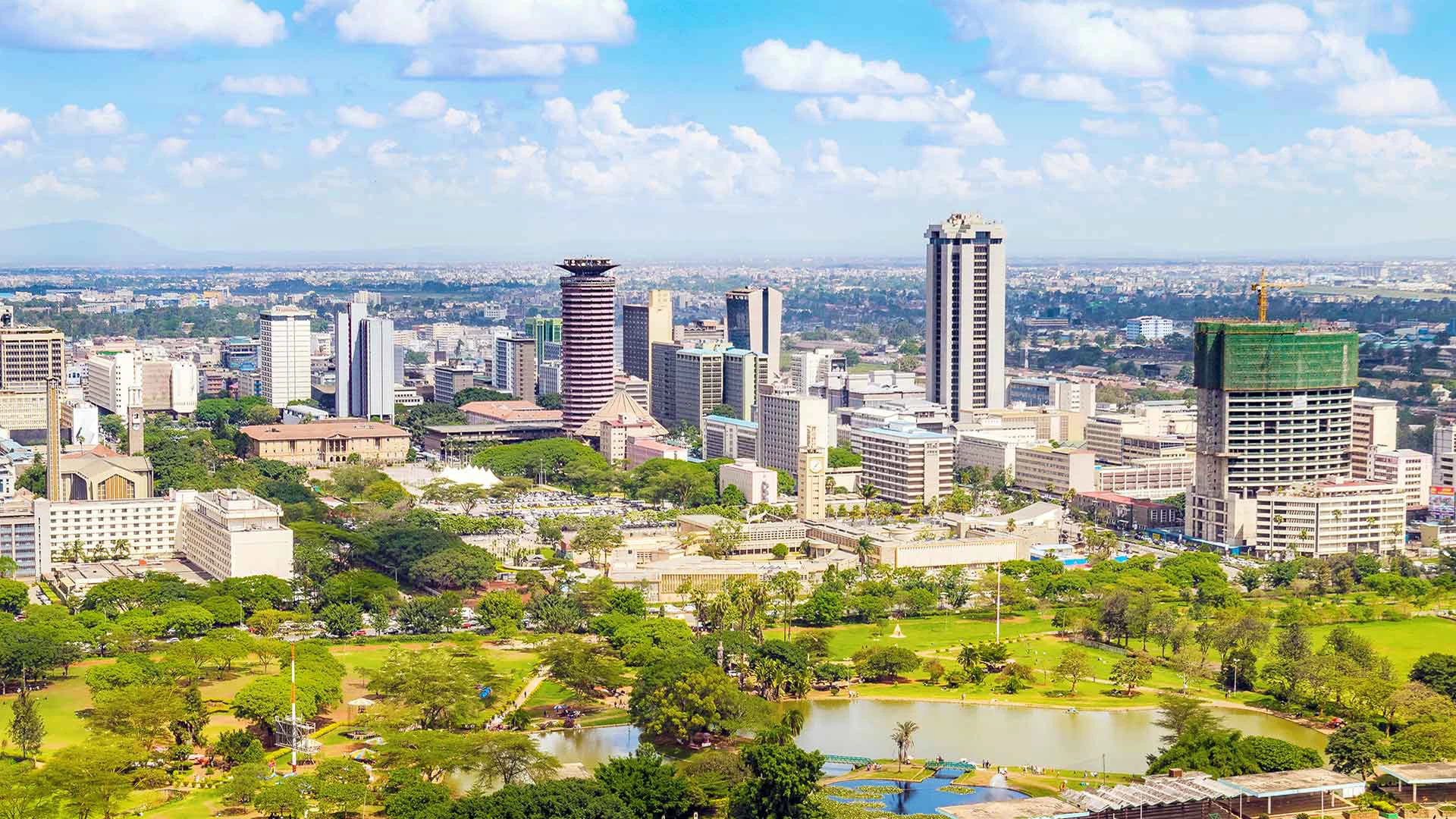By David Lawrence
Kenya has long been an economic powerhouse in sub-Saharan Africa. With a vibrant private sector, generally reliable infrastructure, and strong labor force, Kenya is well-positioned to maintain its status as the region’s economic front-runner. The World Bank Group’s recently-published Country Private Sector Diagnostic (CPSD) for Kenya has pinpointed three promising areas for growth potential—provided government reforms continue to improve the business climate.
The study found that although Kenya has the largest economy in eastern and central Africa, along with a diverse private sector, structural obstacles remain—and this constrains economic growth. These obstacles include some infrastructure deficiencies, skills shortages, supply chain issues, and overall weaknesses in the enabling environment. Underinvestment and low firm-level productivity also hamper the potential of the private sector, which accounts for 70 percent of total employment, 80 percent of gross domestic product (GDP), and most of the nation’s export earnings.
But that is balanced against Kenya’s progress creating a stronger business environment in the last several years. Kenya moved to 56th place out of 190 economies in the World Bank’s 2020 Doing Business survey, up from 61 in 2019 and 80 in 2018. It ranks third-highest among sub-Saharan African countries in the ease of doing business, trailing just Mauritius and Rwanda.
Kenya remains a costly place to do business, in large part because of political uncertainty, relatively low foreign direct investment, and corruption, according to the report. Reducing high barriers to entry and regulatory requirements will be necessary for improving competitiveness, especially in key sectors. Policies are also needed to reduce the gap between the formal and informal sectors, the report said.
Here’s a closer look at the three sectors identified by the report:
Agribusiness, Kenya's largest sector, generates over one-quarter of Kenya’s GDP and helps address food security, one of the Big Four priorities. Transforming the sector will require improvements in competitiveness through extension services, enhancing smallholder links to off-takers, and improvements to transportation infrastructure. International certifications (such as organic) and export promotion strategies will facilitate Kenya’s participation in global agricultural markets.

Agribusiness is Kenya's largest sector. © Dominic Chavez/IFC
Peter Njonjo, co-founder and CEO of IFC investee Twiga Foods, sees retail fragmentation as the root problem leading to inefficiencies in the sector. “We need to transition farmers from rain-fed to irrigation-fed farming with mechanization and provide them with structured access to the local domestic market,” Njonjo said in an interview. He also believes that technology can transform domestic farming by helping informal retailers aggregate their buying power and link to farmers. “It starts a virtuous cycle that improves the viability of the agribusiness sector and contributes to the strategic priority of food safety,” he said.
Population growth and urbanization are driving demand for affordable housing, which is in short supply. Only 10 percent of potential homebuyers in Kenya can afford housing. Access to mortgage financing is limited and out of reach for most low- and middle-income households. The World Bank estimates a backlog of over 2 million units. Reforms that address the high cost of land, high taxes, permits and regulations, and limited access to construction and housing finance can make housing more accessible to middle- and lower-income households. Stimulating this sector could lead to high development impact by developing skills, creating jobs, and creating local markets--for example, through greater use of local construction materials.
The government has started an affordable housing program with a goal of building 100,000 housing units in the next three years. “This is set to trigger a construction boom that will usher in jobs for the youth and (give) business opportunities for medium and small enterprises,” said Charles Hinga, Principal Secretary of Kenya’s State Department of Housing and Urban Development.
Manufacturing in Kenya is diverse, with several subsectors, such as pharmaceuticals, textiles, and apparel, enjoying rapid growth. Manufacturing currently accounts for nearly 10 percent of GDP and is a priority in the Big Four agenda. Although historically strong, Kenya’s manufacturing sector has grown slowly in recent years—neighboring countries have been closing in on Kenya’s lead. The government has set ambitious targets to expand manufacturing to 15 percent of GDP by 2022. The World Bank Group analysis recommends improving markets for local goods and integrating Kenya as a regional player for more advanced manufactured products. Vocational training, supporting innovation and technology, financing for R&D, strengthening industrial infrastructure (such as special economic zones), and reducing barriers to entry and competition will strengthen Kenyan manufacturing, including state-owned enterprises.
Opportunities also exist in other key sectors, said Vinita Kotedia, macro-strategist at EFG-Hermes, an investment bank active in Kenya.
Kotedia noted that several key sectors--manufacturing, financial services, construction, and health services--recorded strong growth in 2018 and 2019, suggesting additional growth areas for future private sector investments.
Published in December 2019

